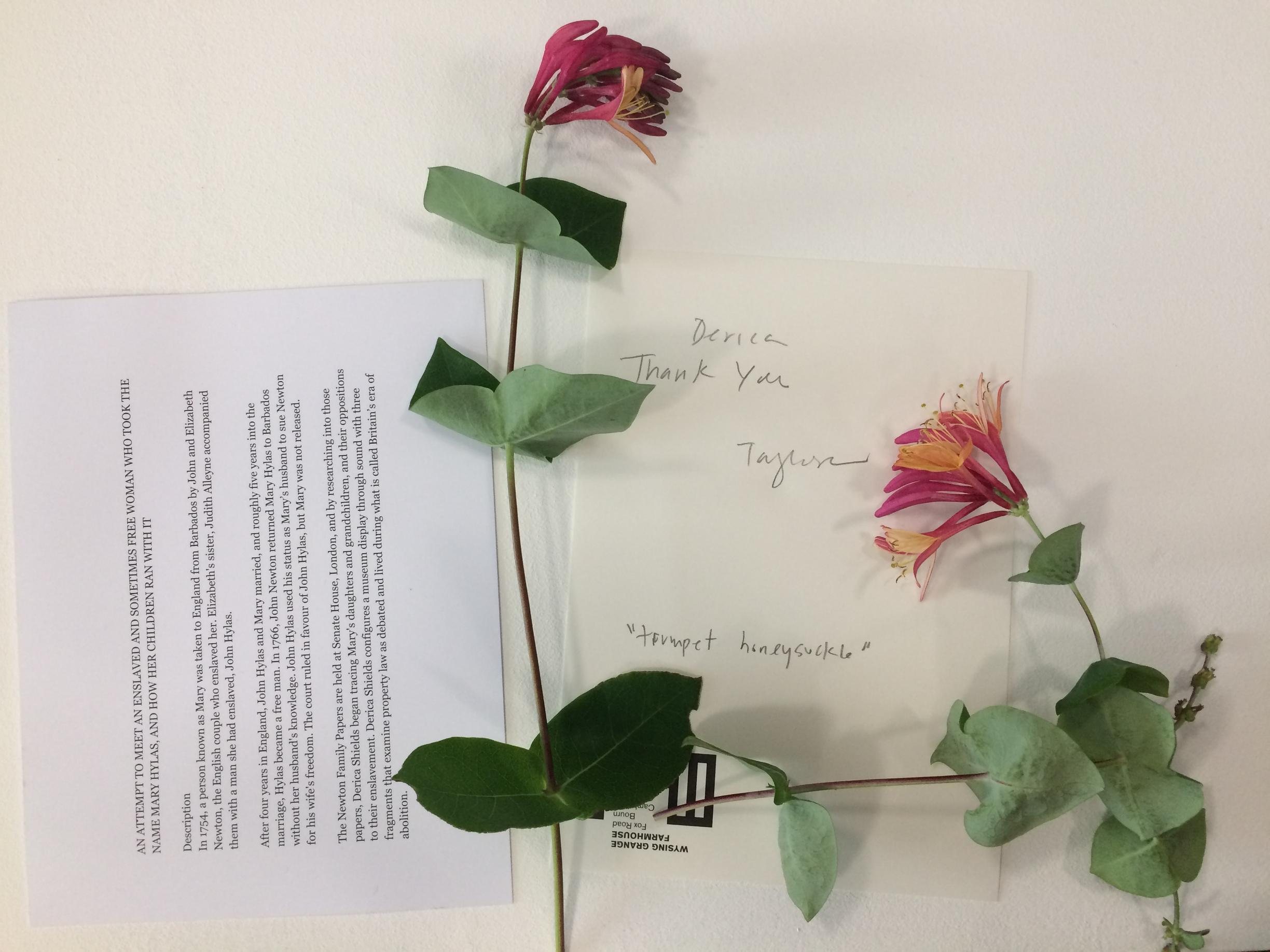
Wodiczko was one of the initial artists I looked at, though that was before I had to cut the projection element from my piece. I took particular interest in 'The Veterans' Flame' (above image). The piece was displayed in a fort, and was of a flickering candle flame - imitating an act of remembrance, lighting a candle, that is often done to honour or remember those no longer with us - that moves in sync with recordings of veterans accounts of wars and their experiences.
The idea of remembrance, whilst also telling difficult truths about the reality of past events, really resonated with me. It's an element I tried especially hard to convey in Witch Hunt: the piece does serve as a sort of audible memorial, more immediate than the small, physical memorial near the castle, but it also relates the terrible truths of the Witch Hunts. I didn't want to be graphic, but I wanted to pointedly make out that the best thing we can do in memory of the witches is learn from the mistakes made in ignorance, and seek to not apply them in our modern-day lives.
Shilpa Gupta

Gupta's work has been a constant source of inspiration in my personal practice, and her piece 'For, In Your Tongue, I Cannot Fit' was influential in the style of the audio. The narration over the speakers - inverted vintage microphones - is done in several different forms: singing, whispering, screaming, harmonisation and simple talking. The combination of the different audio files playing while walking through the installation created an almost overwhelming wave of sound that drowned out all other sounds from the exhibition in which it was installed, while still having identifiable elements.
Though I decided upon contrasting whispered and spoken narration myself, I originally intended for the piece to be done purely in a single voice - likely mine - with simple changes of volume, or fades from one audio to the other. After considering the nature of the work, however, it didn't seem right: there are several individuals and points of view from the past colliding within the work, and it seemed a disservice to all involved to convey my perspective alone by using just my voice. Researching and reflecting on Gupta's work led to me deciding to involve other narrators, merging their voices into a single flood of information from the past, supplied by different individuals and their experiences, who only occasionally rise above the mesh to say their piece. It also removed an element of personal control from the work that added to the aspect of different perspectives and a lack of control of the past.
Derica Shields

Shields' sound installation at the Wysing Centre, 'AN ATTEMPT TO MEET AN ENSLAVED & SOMETIMES FREE WOMAN NAMED MARY HYLAS AND HOW HER CHILDREN RAN WITH IT', was a physical installation, however the audience had to listen to the sound element on headphones. The inclusion of relevant elements grounds the sound work to reality - for example, slave sale documents and family trees - while listening to the sound on headphones allows complete submersion within the concept. I wanted to include this grounding aspect to a highly encompassing and intense work, which is ultimately why I decided to add moving around the castle. Therefore, despite the entire piece being audible, it could be grounded in the present and physical.